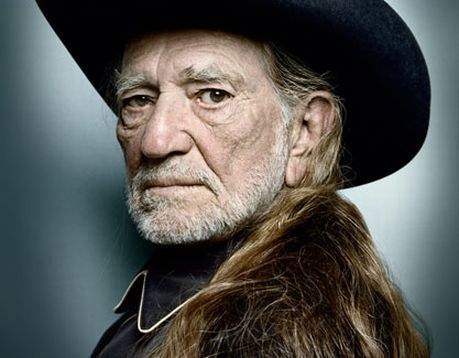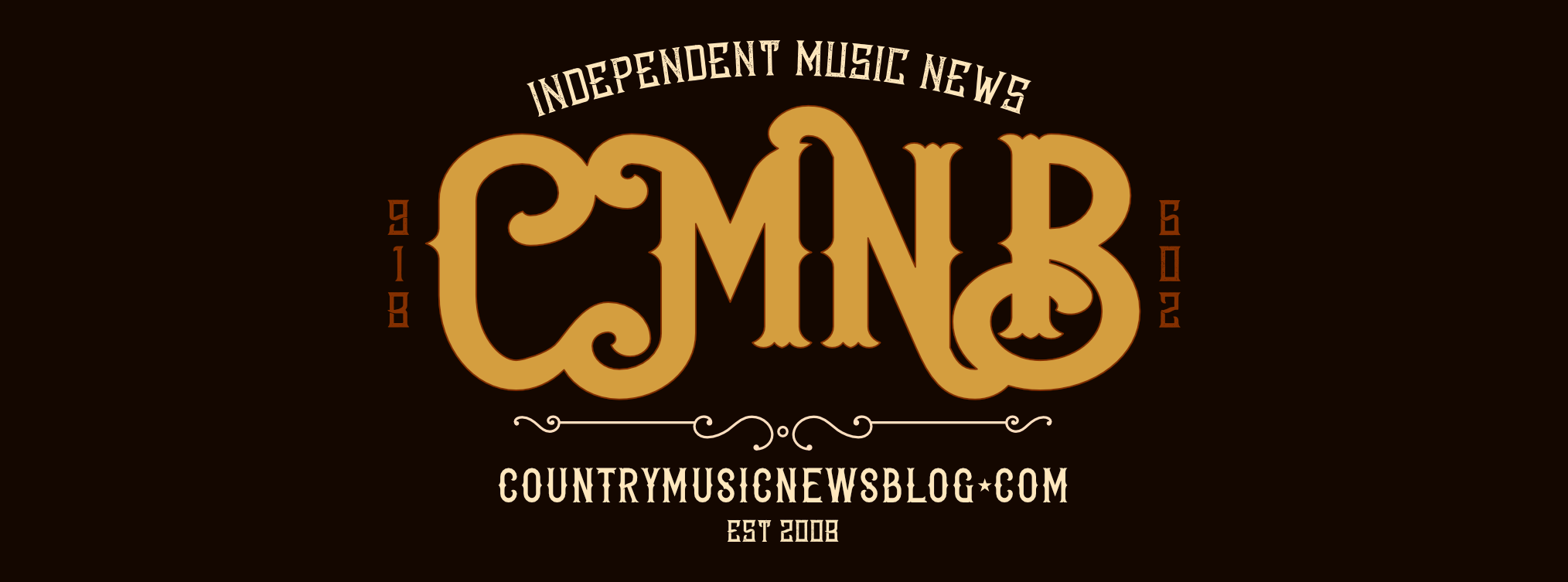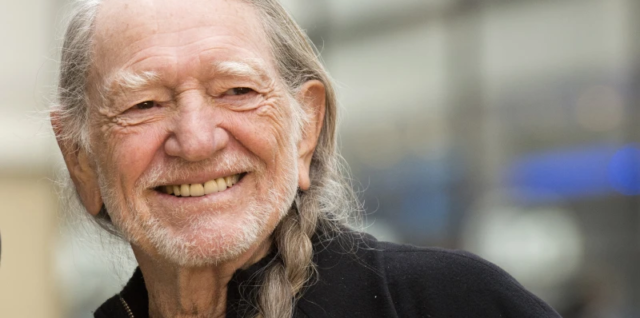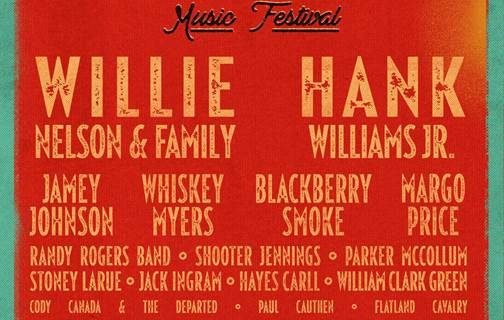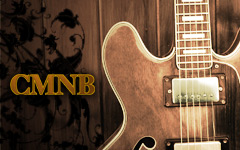
AXS TV presents a star-studded “Legends of Country” music marathon starting Sunday, July 31 at 10aE. The nine-concert event features specials from Willie Nelson, Merle Haggard, Martina McBride, Alan Jackson, George Jones, Tim McGraw, Shania Twain, Sugarland and Toby Keith. The Marathon Also Features Performances by George Jones, Martina McBride, Alan Jackson, Tim McGraw, Shania Twain, Sugarland, & Toby Keith LOS ANGELES – July 18, 2016 – Line-dance the day away with AXS TV, as the network presents a star-studded “Legends of Country” music marathon, starting Sunday, July 31, at 10aE/7aP. The special nine-concert event puts the spotlight on some of the genre’s biggest names and most influential acts, as they take the stage to perform some of their most enduring hits. “Legends of Country” kicks off at 10aE/7aP, as an all-star roster of country favorites—including Kenny Chesney, Wynonna Judd, and Randy Travis—come together to salute a legend in GEORGE JONES: 50 YEARS OF HITS. Next, genre pioneer Martina McBride unleashes a powerful set in front of a sold-out crowd in MARTINA MCBRIDE: EVERLASTING – LIVE FROM THE RYMAN AUDITORIUM, at 12:05pE; and “Small Town Southern Man” Alan Jackson brings his big time charm to one of the country’s most iconic venues, on the final stop of his 25th Anniversary “Keepin’ It Country Tour” in ALAN JACKSON: KEEPIN’ IT COUNTRY – LIVE AT RED ROCKS at 1:35pE. Then, genre mainstay Tim McGraw delivers a career-spanning set featuring “Something Like That” and “Live Like You Were Dying” at 2:35pE. “Legends of Country” continues at 3:30pE, as Shania Twain rocks Sin City during her exclusive residency at Caesar’s Palace in SHANIA TWAIN – STILL THE ONE; and celebrated Country duo Sugarland take SOUNDSTAGE by storm, with renditions of “It Happens,” “Baby Girl,” and more at 5:05pE. Then, two of the genre’s most important voices deliver show-stopping performances at the world’s largest honkytonk in WILLIE NELSON – LIVE AT BILLY BOB’S TEXAS at 6:05pE, followed by MERLE HAGGARD – LIVE AT BILLY BOB’S TEXAS at 8pE. The night comes to a close with beloved everyman Toby Keith bringing his trademark sound to an intimate performance at Chicago’s Grainger Studio in TOBY KEITH: 35 MPH TOWN, at 10pE.
